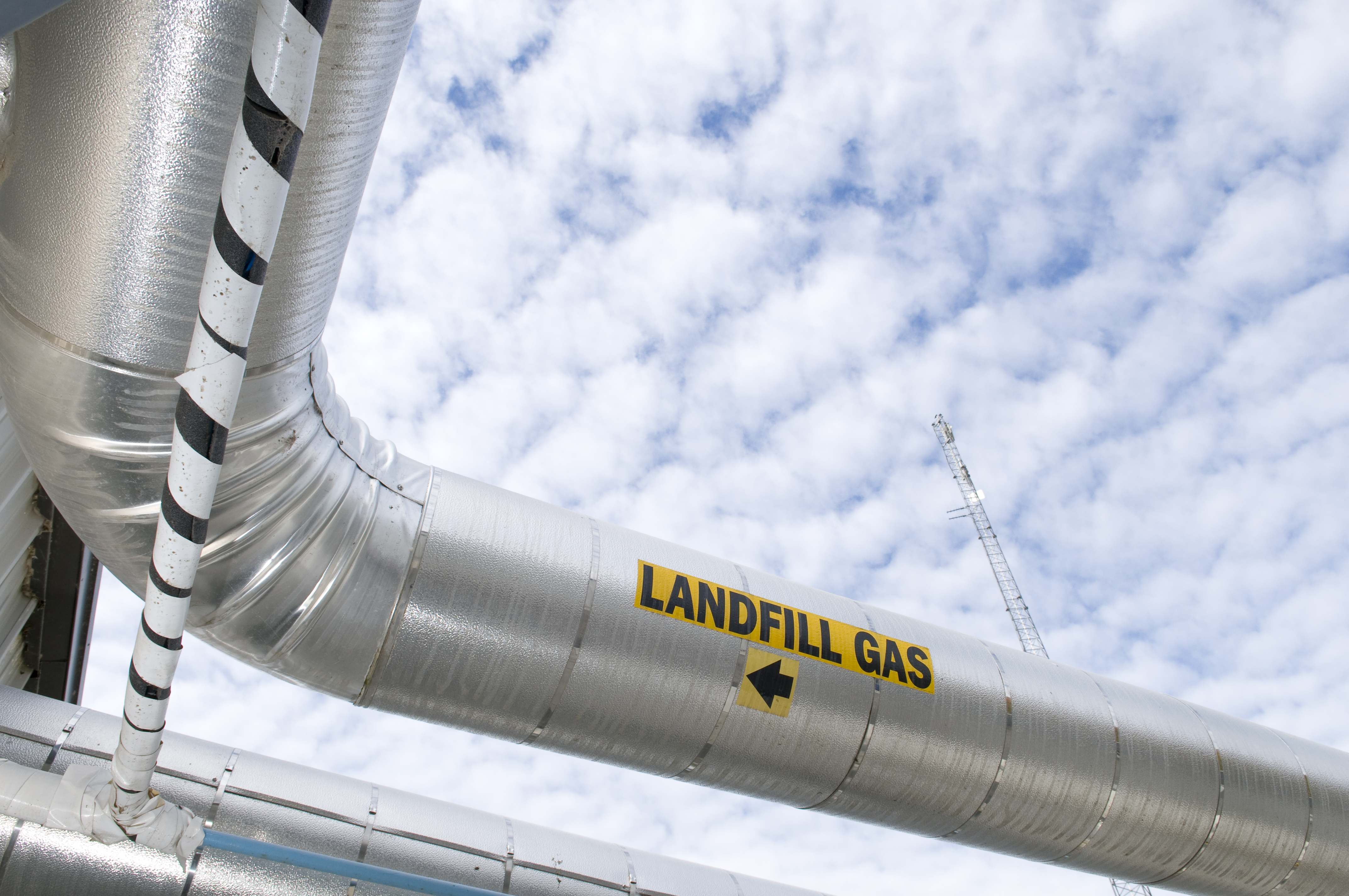According to the World Bank, global waste is expected to increase by as much as 70 per cent - from 2.01 billion tonnes to 3.40 billion tonnes by 2050. That means the surge in waste will outpace the planet’s population growth by more than double.
And here’s another shocking fact: Canada generates more waste per capita than any other country in the developed world when you include agricultural and construction debris to e-waste and hazardous materials, medical and industrial waste, and municipal solid waste. And a lot of that waste ends up in our already overburdened landfills.
While the sheer volume of waste is a major problem here in Canada and worldwide, there’s another major issue with landfills - and that’s methane gas.
Landfills in Canada, of which there are around 2,400 active sites, are responsible for 17 per cent of the country’s methane emissions. Methane is one of the most powerful greenhouse gases with 25 times the warming impact of carbon dioxide over a 100-year period according to the Canada Energy Regulator. Unchecked, these emissions significantly contribute to climate change, exacerbating global warming.

Turning landfills into a renewable resource
While many view landfills as nothing more than garbage dumps, innovative technology is transforming them into renewable energy sources. Landfill gas-to-energy (LFGE) systems capture methane from decomposing waste and convert it into electricity, reducing environmental harm while generating renewable power that feeds directly into the grid.
However, a common misconception is that burning landfill gas is worse than letting it dissipate naturally. In reality, converting methane into electricity is far less damaging than releasing it into the atmosphere, where its greenhouse effect is exponentially greater. Converting it actually makes it a low-carbon intensity fuel.
Currently, landfill gas-to-energy accounts for only 0.5-1 per cent of Canada’s total renewable energy supply. But as adoption increases, it has the potential to become a key player in the nation’s sustainable energy strategy.
How methane becomes power
Landfill gas-to-energy systems generate electricity by capturing the methane and carbon dioxide produced when organic waste decomposes. Let’s breakdown how the process works:
Waste decomposition and gas production:
- Organic waste (food scraps, paper, yard waste) naturally decomposes in landfills due to bacteria and microorganisms. This process is called anaerobic decomposition because it occurs without oxygen. (Author’s note: Of course, diverting organic waste away from landfills to composting facilities is preferred because it reduces methane and extends the lifespan of our landfills).
- This decomposition process generates 50-60 per cent methane gas and 40-50 per cent carbon dioxide.
- Collection of landfill gas:
- To capture this gas, collection systems are installed in the landfill. These systems consist of a network of wells, pipes, and valves placed throughout the site.
- Gas processing:
- The captured landfill gas often contains impurities and needs to be cleaned before the gas can be used for energy generation.
- The gas is usually filtered and dried to remove contaminants, making it safe for use in engines or turbines.
- Energy generation:
- The purified landfill gas is burned in internal combustion engines or turbines to generate electricity. The heat produced from the combustion is used to drive a generator, which produces electricity that can be fed into the local power grid.
- In some cases, landfill gas can also be used directly to produce heat for nearby industrial processes, district heating systems, or even commercial buildings.
- In some advanced systems, landfill gas is upgraded to renewable natural gas which can be injected into natural gas pipelines and used just like regular natural gas.
- Monitoring and maintenance:
- Continuous monitoring and maintenance ensures the efficiency of the wells, that gas is flowing properly, and that the system is functioning optimally to reduce methane emissions.
- Gas production will change over time as the landfill reaches its capacity, so the system may need adjustments to account for fluctuating methane generation.
Environmental and economic benefits
At a high level and as you understand how the system works, it’s clear that there are numerous benefits to landfill gas-to-energy.
- Environmental protection - Capturing potent methane produced in landfills significantly reduces greenhouse gas emissions.
- Renewable energy source - Provides an alternative to fossil fuels.
- Waste management - Extends the useful life of landfills by mitigating harmful emissions.
- Economic value - Creates revenue by selling electricity or renewable natural gas, or through incentives such as renewable energy credits.
While the exact number of landfills with gas-to-energy plants may fluctuate, there are more than 100 landfills in Canada that have active landfill gas-to-energy systems. This represents a small portion of the total number of landfills in the country. However, the number is growing as more municipalities and waste management companies recognize the environmental and economic benefits of converting methane into renewable energy.
In the Ottawa region, there are two landfill-gas-to-energy facilities - co-owned by Hydro Ottawa - under our renewable energy affiliate, Portage Power. These two sites alone produce enough energy to power 10,000 homes annually and divert nearly 300,000 tonnes of greenhouse gas emissions from escaping into the atmosphere.
The future of landfill energy
By harnessing landfill methane, Canada can transform trash into valuable energy, mitigating environmental damage while bolstering the renewable energy sector. As waste production continues to rise, landfill gas-to-energy offers a promising solution to reduce greenhouse gas emissions and could become a game-changer in the fight against climate change.
Increased investment in these systems and other diversion methods for organic waste could significantly cut methane emissions, enhance sustainable energy production, and reduce reliance on fossil fuels.
If you’re interested in learning more about this topic:
- Read Environment and Climate Change Canada’s report: Faster and further: Canada’s methane strategy.
- Listen to our episode of the ThinkEnergy podcast where our host, Trevor Freeman, takes a deep dive into the subject.
- Watch this short video showcasing the Moose Creek landfill generating facility located southeast of Ottawa at the Laflèche Eastern Ontario Waste Handling Facility.